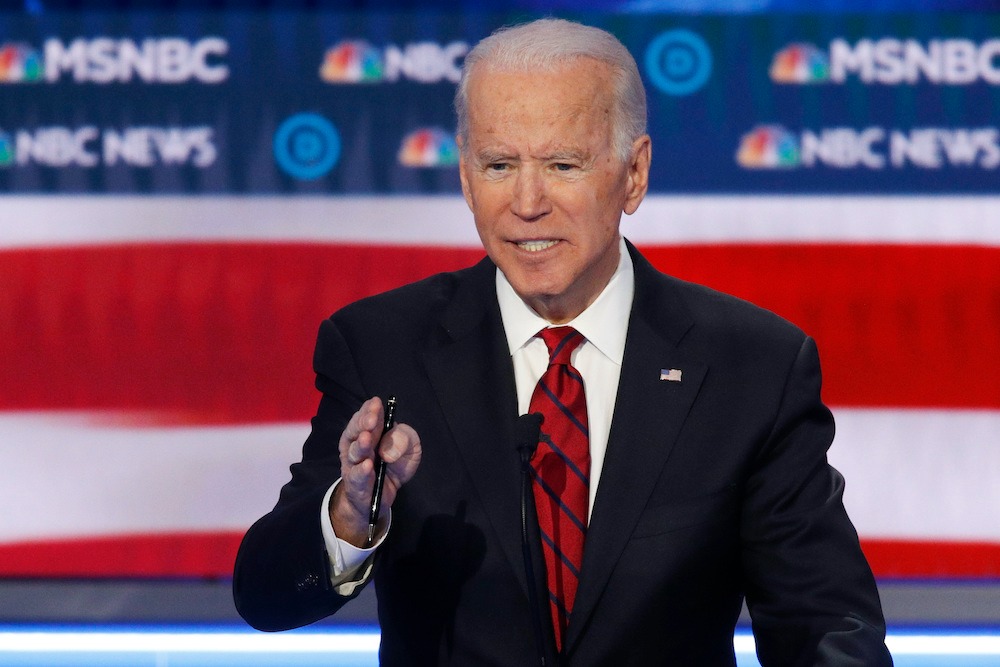During a recent speech, 81-year-old President Joe Biden elicited laughter with a slip of the tongue, mistakenly referring to former President Barack Obama as “O’Brien.” This incident is the latest in a series of verbal missteps by Biden, raising eyebrows among observers and voters alike.
A poll highlighted concerns regarding Biden’s health and capacity to endure another term, revealing only 38 percent of potential 2024 voters are confident in Biden’s longevity through another four-year tenure.
Joe Biden (Credits: The New Yorker)
Despite these discussions, Donald Trump appears to have gained traction in his bid for a return to the Oval Office, with RealClearPolitics reporting an average lead of approximately 2.5 percent over Biden. The political landscape points towards a highly contested race, primarily decided by critical swing states.
James Johnson, co-founder of JL Partners and former pollster for Theresa May, now based in New York, emphasized the decisive role of states like Nevada, Arizona, Georgia, Wisconsin, Pennsylvania, and Michigan in the upcoming election. Despite the polarized electorate, these battlegrounds are where the 2024 presidency will likely be determined.
Johnson assesses Trump’s chances of reclaiming the presidency at 60 percent, suggesting the race remains open with major developments possible in the lead-up to November.
President Joe Biden (Credits: The White House)
The public’s recollection of Trump’s presidency, particularly the perception of an improved economy under his leadership, could play a pivotal role. Shifts in public sentiment towards more critical views of Trump’s tenure might alter the race’s dynamics.
Recent polling data from The Wall Street Journal indicate Trump’s lead in several key states, though Biden remains a strong contender in Wisconsin. This highlights the tight competition expected in the presidential race.
The nuanced dynamics of this election underscore the complexity of predicting outcomes in such a divided political environment. Memories and perceptions of past administrations influence voter preferences.
